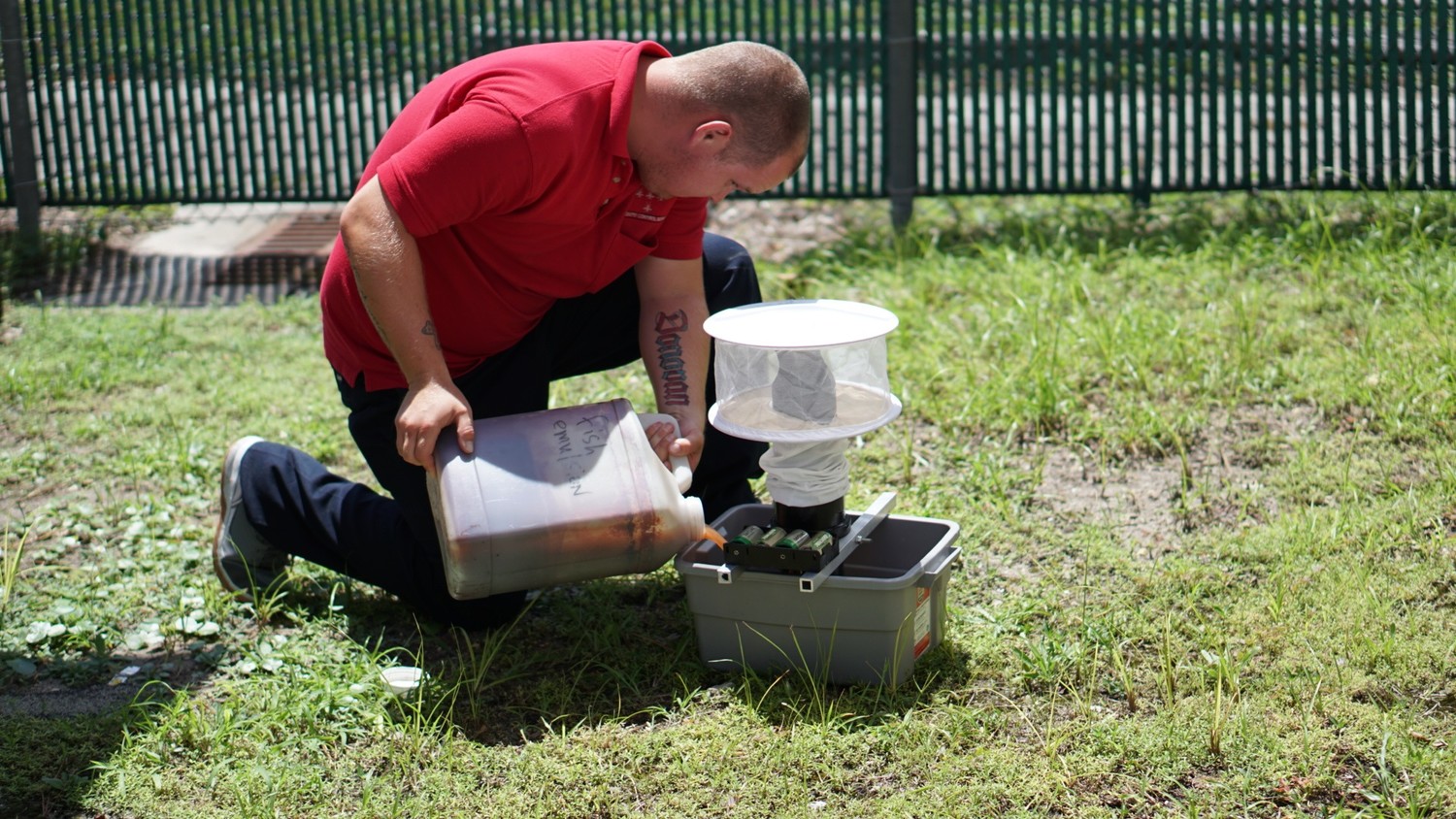West Nile case prompts local warning
This item is available in full to subscribers.
Attention subscribers
To continue reading, you will need to either log in to your subscriber account, or purchase a new subscription.
If you are a current print subscriber, you can set up a free website account and connect your subscription to it by clicking here.
If you are a digital subscriber with an active, online-only subscription then you already have an account here. Just reset your password if you've not yet logged in to your account on this new site.
Otherwise, click here to view your options for subscribing.
Please log in to continueDon't have an ID?Print subscribersIf you're a print subscriber, but do not yet have an online account, click here to create one. Non-subscribersClick here to see your options for subscribing. Single day passYou also have the option of purchasing 24 hours of access, for $1.00. Click here to purchase a single day pass. |
West Nile case prompts local warning
GREEN COVE SPRINGS – County officials alerted residents to be aware of mosquitoes Nov. 2 after a Clay man tested positive for the West Nile Virus.
But mosquitoes testing positive for the virus were not found in Clay County, according to UF/IFAS Clay County Extension Director Brad Burbaugh. The agency oversees mosquito control in the county.
He said the agency sprayed a half-mile radius near where the man lived, which Burbaugh said was confidential, and set six traps nearby. Mosquitoes were then sent to a state lab for testing.
“All of those mosquitoes in that area came back negative. We’ve had elevated traps in that area since we were notified of it,” Burbaugh said. “The most important thing for us is we treated it like it was a localized case, even though it may not have been. We’ve continued to monitor the area.”
The human case had no connection to the mosquitoes that tested positive in Keystone Heights in July, he said.
Burbaugh noted the man did travel out of state to Indiana – a state where 27 counties had mosquitoes that tested positive for the virus, but the cause of this case remains unclear. Duval and Nassau counties have also experienced cases of the virus.
“(Clay County’s case) could have been travel-related,” Burbaugh said. “(Indiana has) had some major issues with West Nile this year. That may have been the case too, we’re not sure.”
UF/IFAS and its contracted mosquito control company frequently monitor about 30 traps around the county, test the pools and frequently send results to the state. Burbaugh said mosquito counts have been down because colder weather, with some traps not meeting the threshold to spray.
The Department of Health in Clay County cautioned residents to avoid mosquito-infested areas and use mosquito repellent when outdoors. The DOH urges residents to follow “Drain and Cover” procedures, such as emptying containers of standing water and shielding items with tarp that could accumulate water.
According to the Mayo Clinic, 20 percent of those infected develop West Nile Fever, which produces symptoms of rash, body aches, headaches, vomiting, diarrhea, fever and fatigue. Visit cdc.gov/westnile for more information on West Nile Virus.
According to the National Institutes of Health, West Nile virus was first isolated from a febrile patient from the West Nile district of Northern Uganda in 1937, but did not make its way to the U.S. until 1999 when a case was diagnosed in New York City.
The virus is “associated with temporally dispersed outbreaks of mild febrile illness. In recent years, the epidemiology and clinical features of the virus appear to have changed, with more frequent outbreaks associated with more severe illness being noted.”
The DOH’s Nov. 2 advisory is Clay County’s second West Nile scare in the past three months. On July 20, county officials reported that samplings of mosquitoes from the Keystone Heights area tested positive for West Nile virus, but no human cases were confirmed. Mosquito Control stepped up its neighborhood eradication efforts and spread the word about how residents can avoid the risk of infection.








